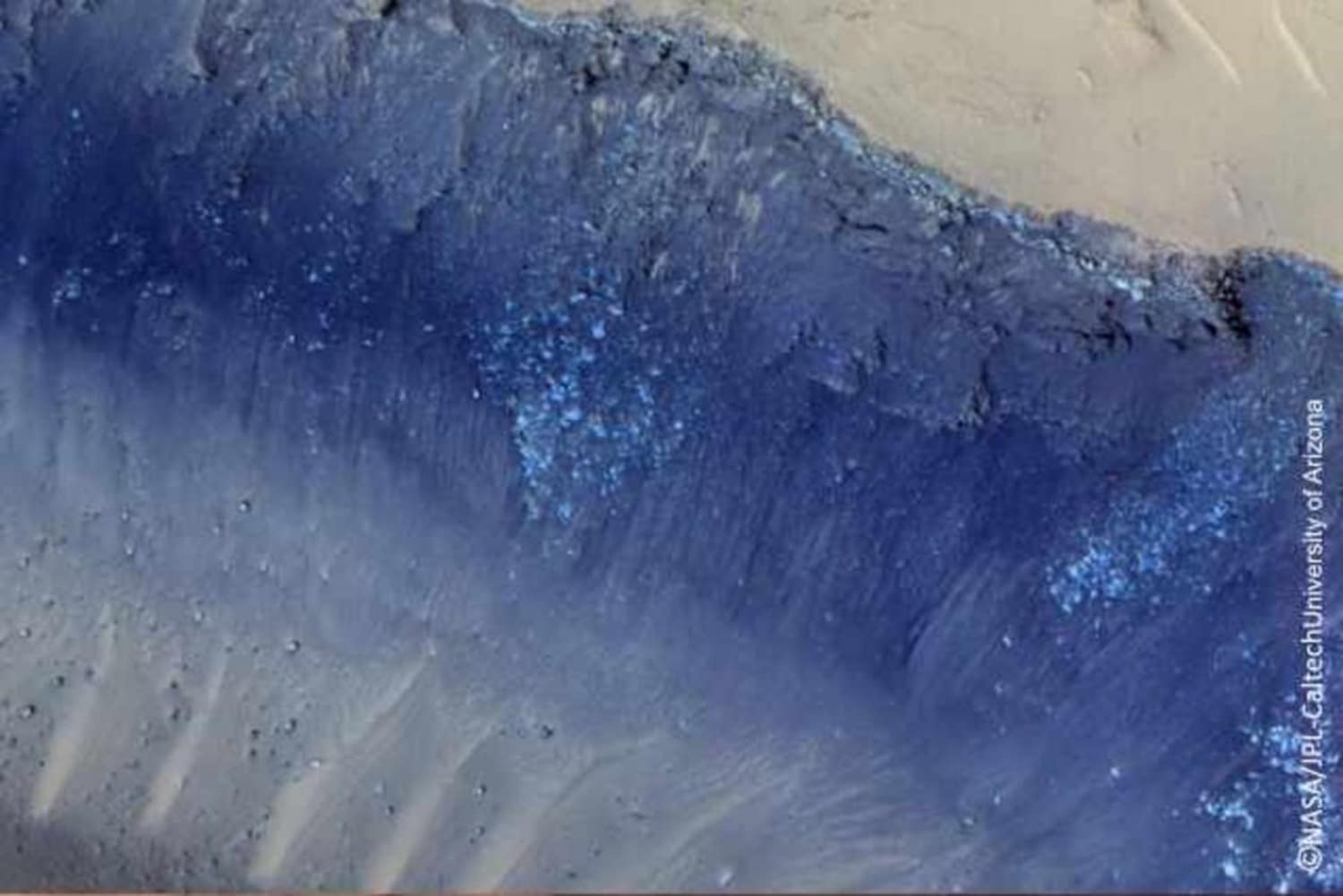
Mars has a dense core at its center made of iron, nickel, and sulfur. A rocky mantle surrounding the core and above that a crust made of iron, magnesium, aluminum, calcium, and potassium.
The Mar’s crust composition records the planet’s integrated geologic history and provides clues to its differentiation. A planet’s crust bears witness to the history of planetary formation and evolution, but no absolute measurement of crustal thickness has been available for Mars.
In the past, only relative differences in the thickness of the Martian crust could be estimated, and additional assumptions were required to obtain absolute thicknesses. The resulting absolute values thus showed large scatter, depending on which assumptions were made.
But, thanks to Seismology, it becomes possible for scientists to measure the crustal thickness of the entire planet directly.
Using the data of marsquakes recorded by NASA’s InSight mission, scientists have measured martian crustal thickness for the first time. In addition, they also determined the structure of Mars’s crust.
Beneath the InSight landing site, the crust is either approximately 20 or 39 kilometers thick. The data show that the top layer is about 8 (+/-2) kilometers wide at the InSight landing site. Below that, another layer follows to about 20 (+/-5) kilometers.
Knapmeyer-End run, lead author of the paper, said, “What seismology can measure are mainly velocity contrasts. These are differences in the propagation velocity of seismic waves in different materials. Very similar to optics, we can observe phenomena like reflection and refraction. Regarding the crust, we also benefit from the fact that crust and mantle are made of different rocks, with a strong velocity jump between them.”
“Based on these jumps, the crust’s structure can be determined very precisely.”
Knapmeyer-Endrun explained, “The mantle may start under this layer, which would indicate a surprisingly thin crust, even compared to the continental crust on Earth. Beneath Cologne, for example, the Earth’s crust is about 30 kilometers thick.”
“Possibly, however, there is a third crustal layer on Mars, which would make the Martian crust under the landing site about 39 (+/-8) kilometers thick. That would be more consistent with previous findings, but the signal from this layer is not essential to match existing data.”
“In both cases, however, we can rule out the possibility that the entire crust is made of the same material known from surface measurements and Martian meteorites.”
“Rather, the data suggest that the uppermost layer is composed of unexpectedly porous rock. Also, other rock types could be at greater depths than the basalts seen at the surface.”
According to scientists, “the single, independent measurement of crustal thickness at the InSight landing site is sufficient to map the crust across the entire planet. Measurements from satellites orbiting Mars provide a very clear picture of the planet’s gravity field, allowing the scientists to compare relative differences in crustal thickness to the measurement taken at the landing site.”
Journal Reference:
- B. Knapmeyer-End et al., ‘Thickness and structure of the martian crust from InSight seismic data.’ DOI: 10.1126/science.abf8966
Continue reading Mars crustal thickness determined for the first time on Tech Explorist.
0 comments:
Post a Comment